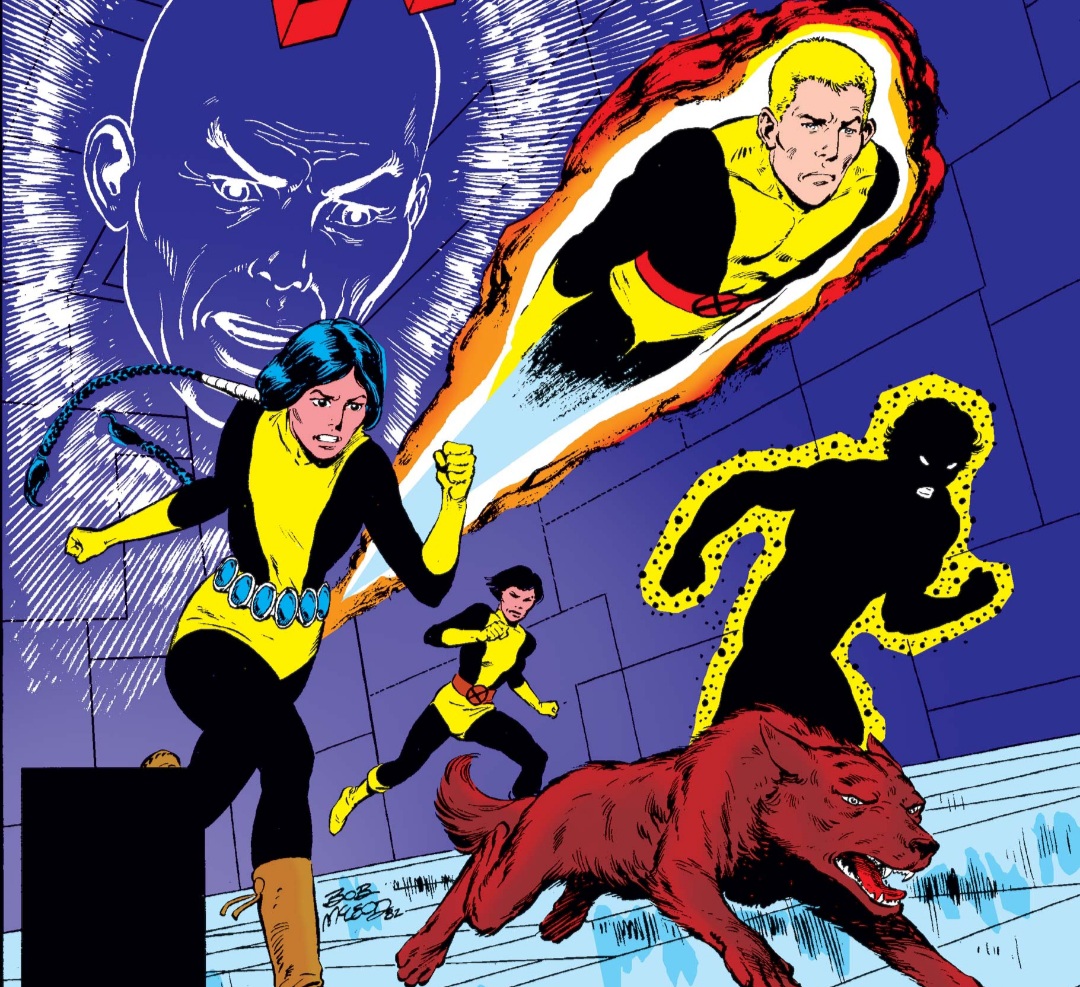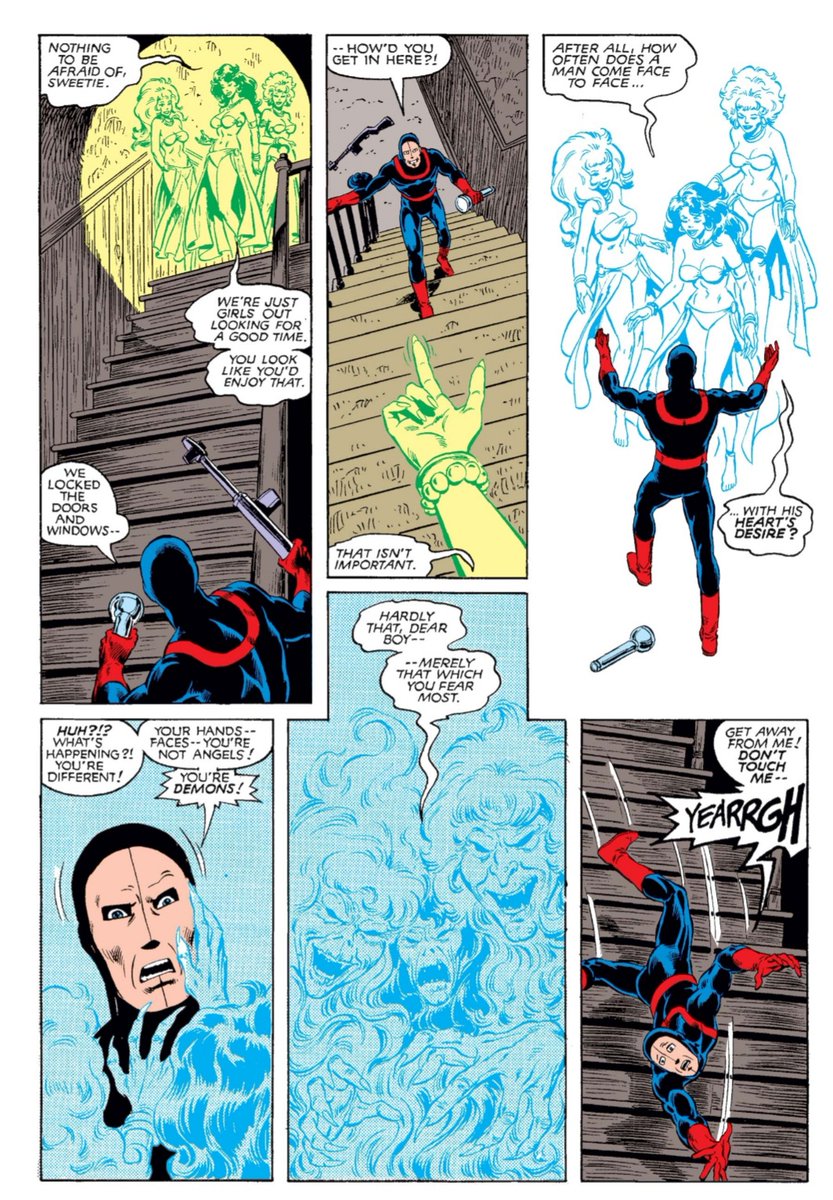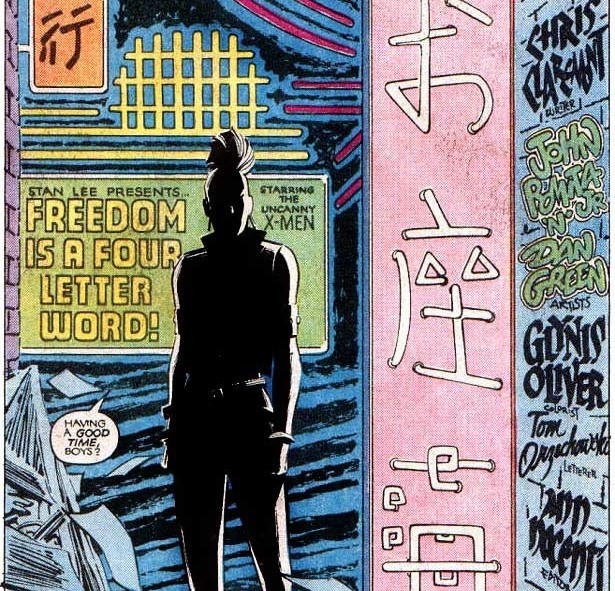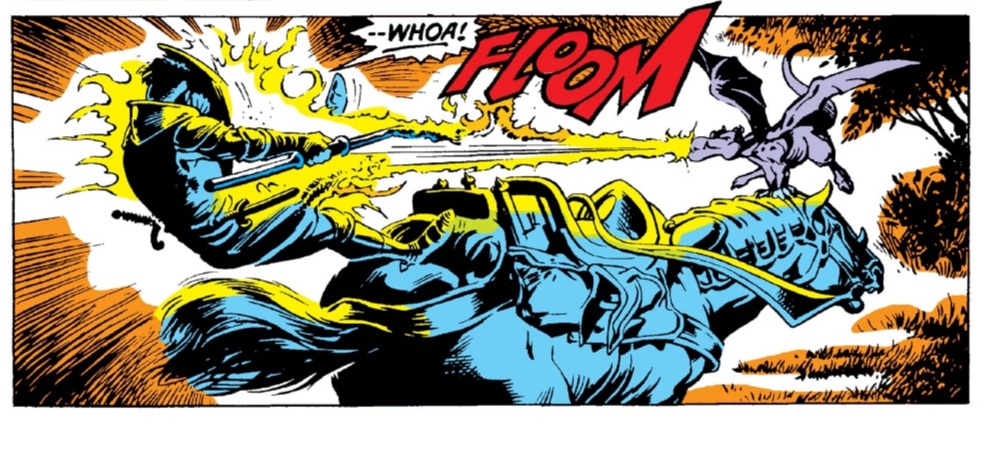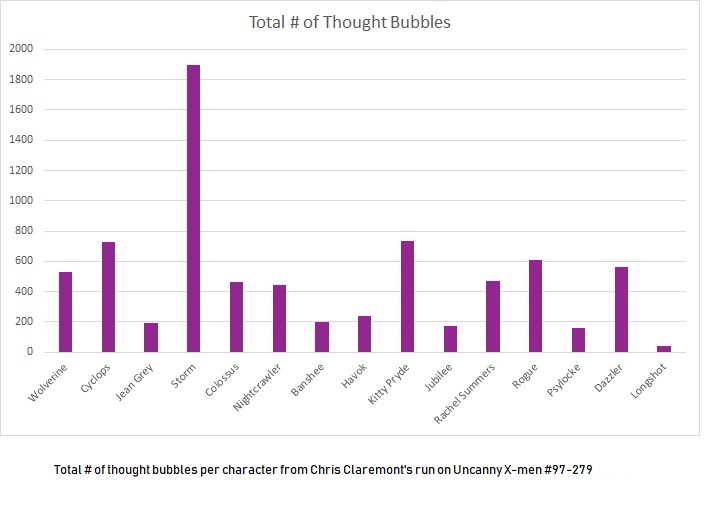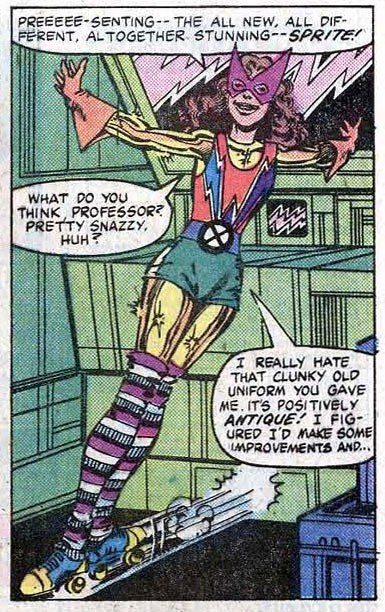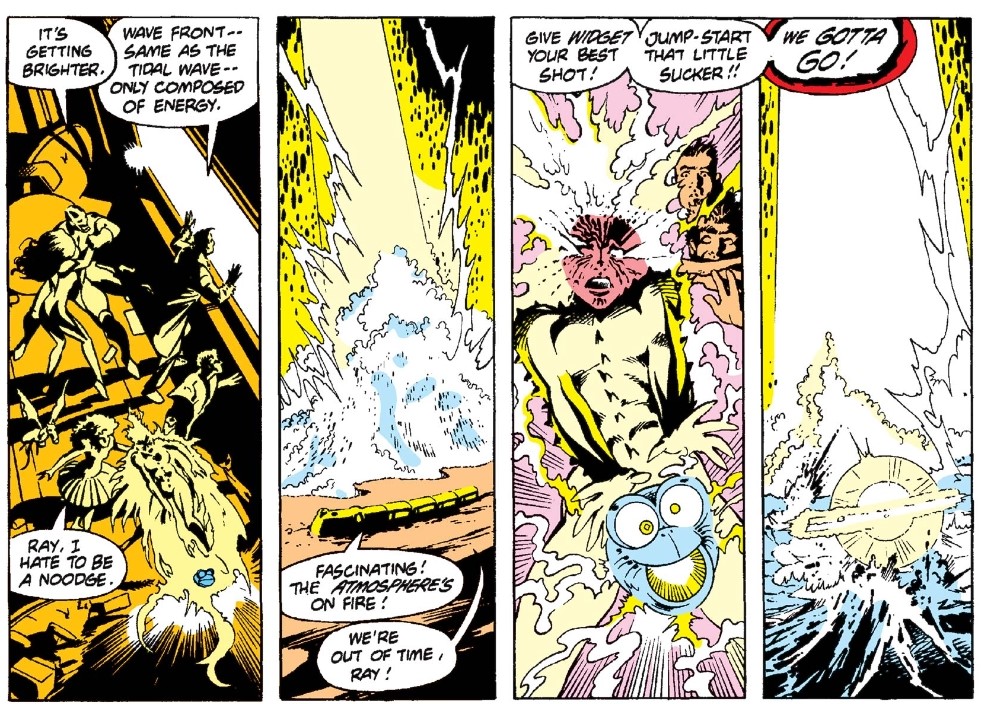
In UXM #108, Corsair and Storm lend Jean Grey their essence to stand beside her as she attempts to stitch the very fabric of reality together. It’s a dramatic moment that scholar Ramzi Fawaz isolates for its importance in terms of progressive representation. #xmen 1/3 

“The double embrace unifies the previously rent identities depicted in the famous cover image to X-Men #101, joining categories of male and female, black and white, while bridging the gap between liberal and cultural feminist worldviews embodied by Storm and Jean.” 2/3 

“In light of the internal divisions over questions of race and class privilege that plagued women’s liberation in the mid-1970s, to see a black woman join hands with a white woman to save the universe was no minor representational achievement” 3/3 

For reference, the passages above are from “The New Mutants: Superheroes and the Radical Imagination of American Comics” from NYU Press. 

• • •
Missing some Tweet in this thread? You can try to
force a refresh





